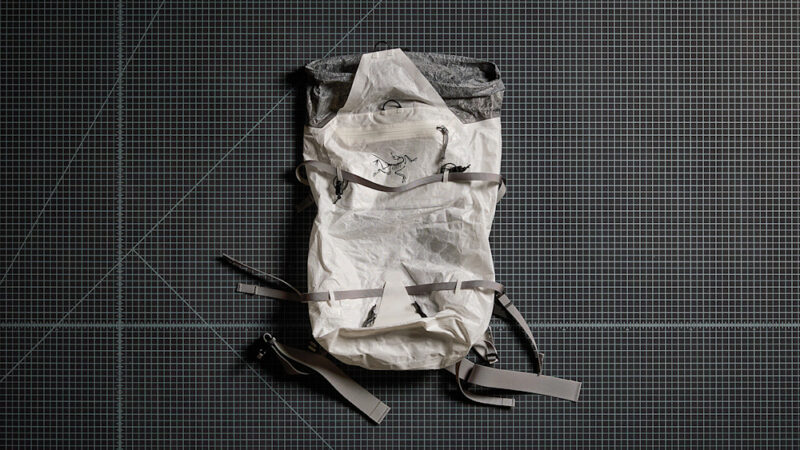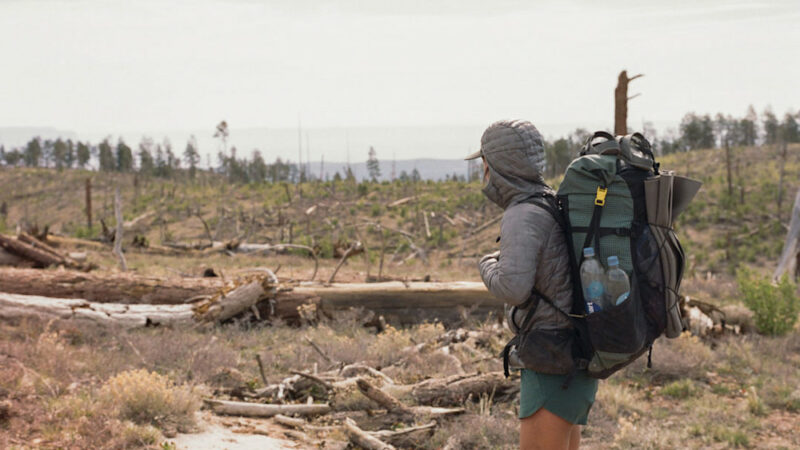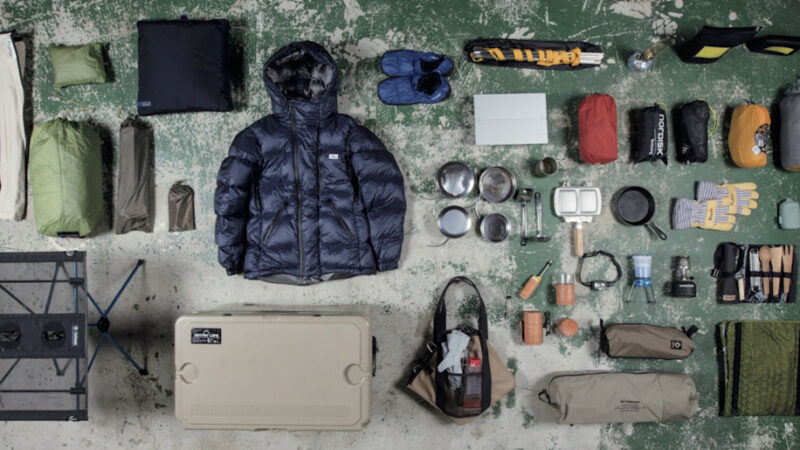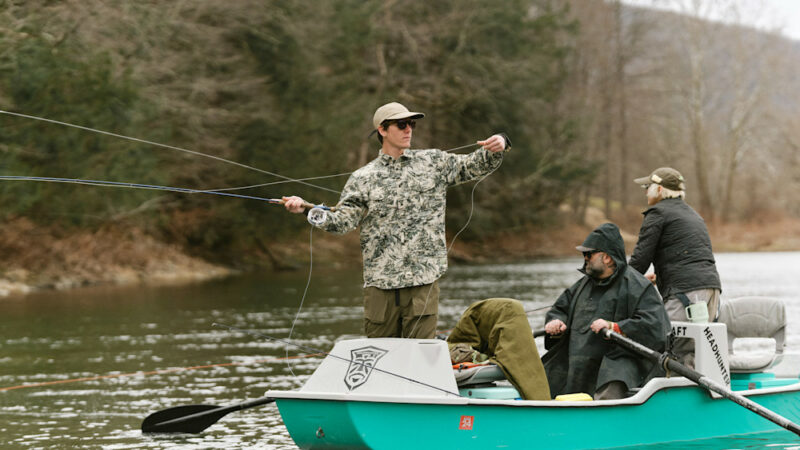The Best Packable Down Jackets for This Upcoming Winter
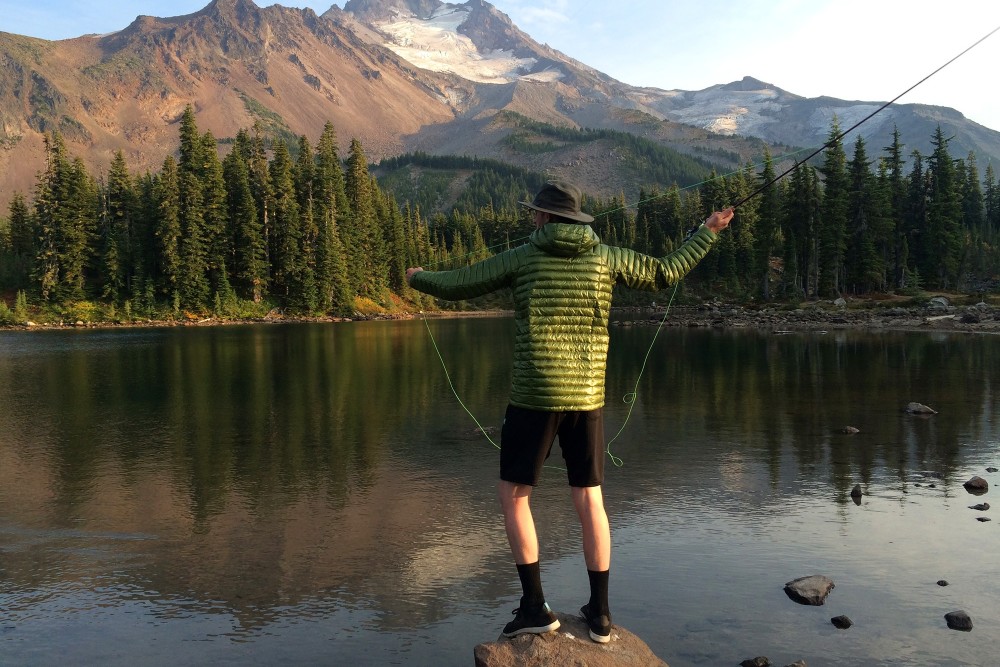
Best Down Parka: Black Diamond Vision Down Parka
If you spend a lot of your winter hanging out at the base of blisteringly cold ice climbs, or just want a coat that can handle anything winter will throw at you, Black Diamond’s Vision Down Parka is one of the warmest options we’ve tested. The coat has an extended full-torso fit and packs plenty of puff with 800-fill RDS-certified Allied HyperDRY (water-resistant) down insulation, making it mega-warm. BD added gussets under the arms to help you maintain movement despite all that puff, and there are plenty of pockets—two handwarmer pockets outside, two inside, one on the chest. One of the cooler features is a shell that’s treated with a Japanese Liquid Crystal Polymer finish, which gives it a unique, almost sandpaper-y feel but also greatly increases its durability.
Women’s Option: Yes
Weight: 1 lb 4 oz
Fill Material: 800-fill power RDS-certified Allied HyperDRY goose down
More Down Jackets We Love
We also like Arc’teryx’s Cerium Hoody ($400) as a great jacket for all-around use, Rab’s Microlight Alpine ($280) for its body-mapped fit, and the classic and affordable Patagonia Down Sweater ($279).
Frequently Asked Questions
Are packable down coats really warm?
Yes, yes they are. Down coats offer a wide range of warmth levels based on the fill power of the down inside it (more on fill powers below) and how much is in the jacket. Down jackets don’t have to be massively puffy to be warm—even ultralight, very packable down coats can provide plenty of insulation for cold days.
What’s the difference between down and synthetic insulation?
You have two choices when it comes to puffy jackets: down or synthetic. There are pros and cons to both, and the type of insulation inside your ripstop affects a variety of things from weight, warmth, compressibility, and price.
Down is the soft plumage found underneath the exterior feathers of birds, and jackets (and sleeping bags and other insulated gear) typically use goose or duck down. The pros are that down is extremely lightweight and compressible, and has a high warmth-to-weight ratio. The cons are that it gets soggy and clumpy once wet, losing its ability to hold warmth, and takes a long time to dry (you might consider rocking a Gore-Tex rain jacket over your down layer in stormy weather). It also tends to be more expensive than the synthetic alternative.
Synthetic insulation is made from polyester. The pros are that it continues to insulate even when wet and tends to be a little cheaper than down. The cons are that the warmth-to-weight ratio of synthetic fill is lower, making it less packable (though companies are making good progress in producing synthetic insulation on par with down).
What do down fill powers mean?
A down jacket’s warmth-to-weight ratio is perhaps its most important trait, whether you’re in the backcountry, snowboarding, or braving frigid city winters, and that all boils down to fill power. Fill power refers to the loft of the down. Down clusters create tiny air pockets that trap warm air, and the higher the fill power, the more of those air pockets there will be, and the better the insulation-to-weight ratio.
Simply put, a down jacket with a higher fill power insulation will provide the same amount of warmth as a down jacket with a lower fill power while using less material, i.e. it will be lighter and more packable. A low fill power jacket stuffed with tons of feathers can still be warmer than one with a higher power, but it will be much heavier. Additionally, high fill power insulation tends to be more expensive.
What contributes to packability?
Higher fill power down insulation tends to lead to more packable down jackets, and down jackets in general are more packable than synthetic puffy jackets, but there are a few other features to look for to find ultimate packability. One is an included stuff sack, or whether or not the jacket packs down into its own pocket. Another is fill power (see above). Another less discernible one is shell material—lighter shell materials like low-denier ripstop nylon will be lighter and more packable, but also less durable. On the other hand, down jackets shelled with super-durable materials like canvas won’t be as packable. Look at the jacket’s weight and how much down fill is in it for a hint at how packable it will be—as a general rule, the lighter it is, the more packable it is.
Source: https://fieldmag.herokuapp.com/articles/best-packable-down-jackets

